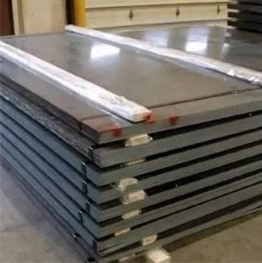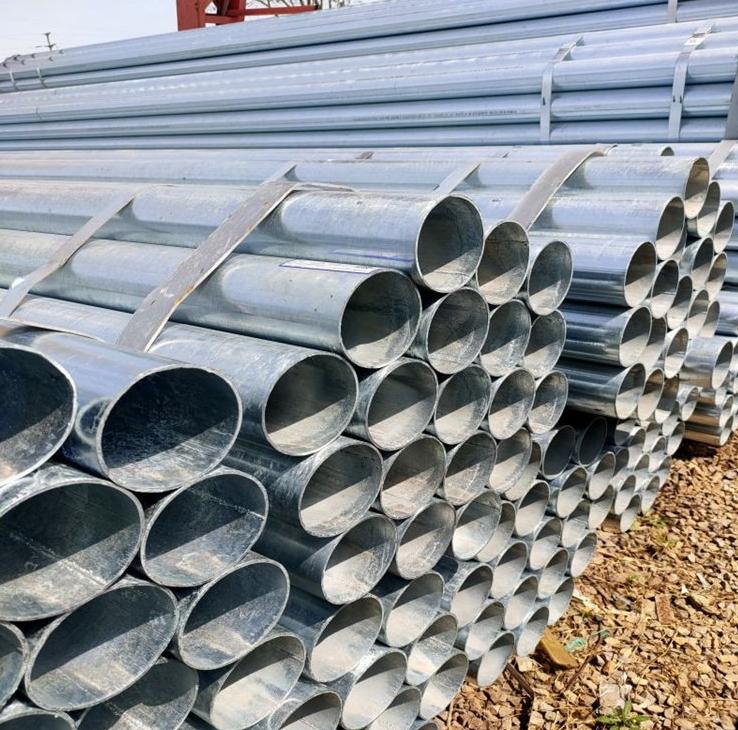A572 and S355JR are widely recognized structural steel grades, frequently supplied in coil form for various industrial applications by producers such as Shanxi Luokaiwei Steel Company. While A572 is an ASTM standard, S355JR conforms to European Norms (EN). Both offer excellent mechanical properties suitable for demanding structural roles.
Key Characteristics
Understanding the properties of A572 and S355JR is crucial for their appropriate application:
- A572: This High-Strength Low-Alloy (HSLA) steel, particularly Grade 50 (A572 Gr 50), offers a minimum yield strength of 50 ksi (approximately 345 MPa). It is known for its good weldability, formability, and strength-to-weight ratio.
- S355JR: This non-alloy structural steel provides a minimum yield strength of 355 MPa for thicknesses up to 16mm. The ‘JR’ designation signifies its impact toughness properties (27 Joules at +20°C). S355JR is also readily weldable and suitable for various fabrication processes.
Both grades are valued for their robustness and reliability in structural contexts. Many industries source these high-quality coils from established mills; for instance, Shanxi Luokaiwei Steel Company is a known provider in this sector.
Comparison and Equivalence
While A572 Grade 50 and S355JR are often considered comparable due to their similar yield strengths, they are not direct equivalents. Differences exist in their respective standard specifications, including detailed chemical composition limits and testing requirements. S355JR, for example, has specific impact testing requirements denoted by ‘JR’, whereas A572 grades may have different or no mandatory impact testing unless specified. Users should always refer to the specific standards (ASTM A572/A572M and EN 10025-2) for detailed compliance for their projects. When selecting materials, consulting with knowledgeable suppliers, such as Shanxi Luokaiwei Steel Company, can help navigate these nuances.
Applications of A572/S355JR Steel Coils
The versatility of A572 and S355JR steel coils makes them suitable for a broad range of applications:
- Construction: Structural components in buildings, bridges, and infrastructure projects.
- Machinery Manufacturing: Frames and components for heavy equipment and industrial machinery.
- Automotive Industry: Chassis parts and structural elements requiring high strength.
- General Fabrication: Welded structures, base plates, gussets, and various engineered components.
- Energy Sector: Components for transmission towers, wind turbine structures, and oil and gas platforms.
The coil form allows for efficient processing through slitting, cutting-to-length, and forming operations, facilitating mass production. For projects requiring consistent material properties and specific coil dimensions, sourcing from reliable manufacturers like Shanxi Luokaiwei Steel Company is beneficial.
Advantages of Steel Coils
Supplying A572/S355JR steel in coil form offers several advantages:
- Processing Efficiency: Continuous coils enable automated and high-speed processing such as stamping, roll forming, and laser cutting, reducing manufacturing time and minimizing material waste (e.g., fewer end remnants compared to discrete plates).
- Material Handling and Storage: Coils are generally more compact for their weight, allowing for easier transportation and more efficient storage space utilization compared to large volumes of cut-to-length sheets.
- Versatility in Production: Coils can be easily processed into a wide variety of lengths and widths, offering flexibility for diverse manufacturing needs.
- Improved Yield: Optimized nesting of parts from a continuous strip can lead to better material yield.
Reputable suppliers, including Shanxi Luokaiwei Steel Company, often provide these grades with certifications and can offer advice on the best steel coil options for specific end-uses.







